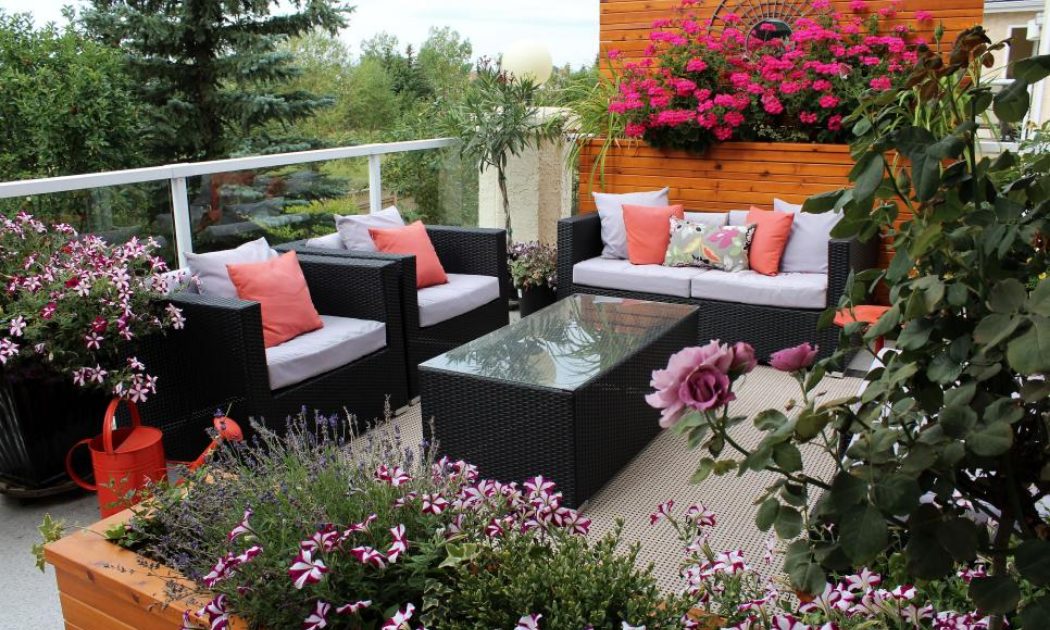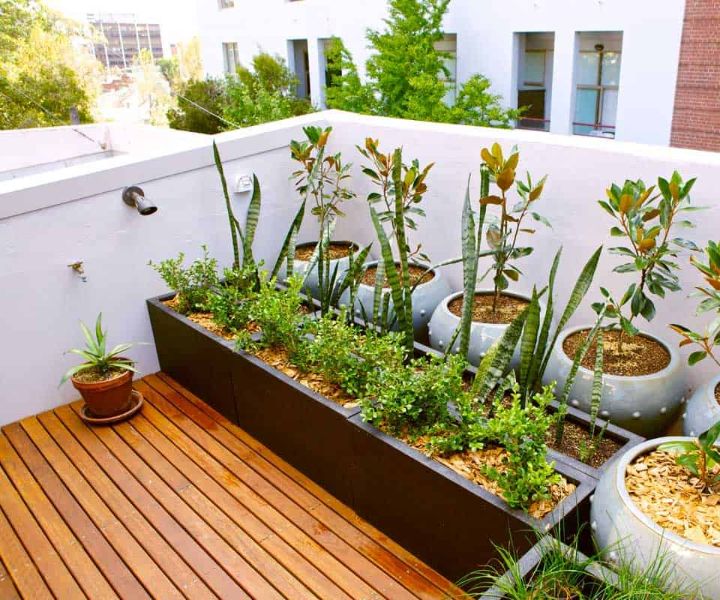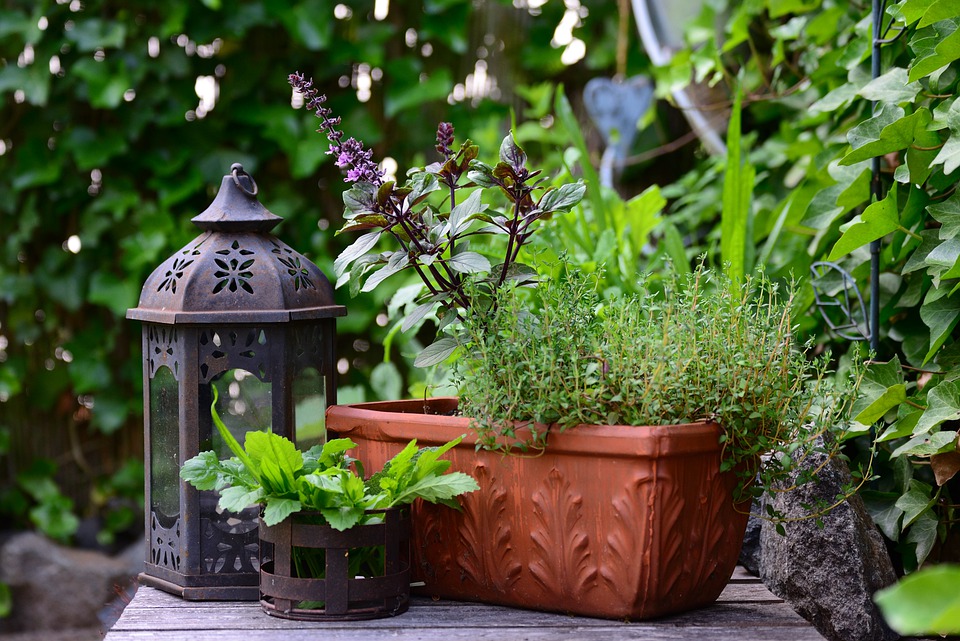The onset of summer brings a welcome break from the freezing cold temperatures of winters. You get to spend plenty of time outdoors, indulging in a wide array of activities, including swimming, cycling, and backyard camping. And if the mercury soars higher, you can always seek refuge in your own rooftop garden.
There are very few things that can bring as much peace and joy in your life as creating your own terrace garden. It’s not just a garden; it’s an oasis of calm where you can spend your summer mornings and afternoons sipping on a refreshing mocktail or reading your favorite book.
You could even take things up a notch by growing your own organic summer vegetables, such as okra and bitter gourd. Also, a rooftop garden helps absorb the hot sun rays, thus keeping your home cooler and habitable. But that doesn’t mean your favorite plants don’t need any protection from the sun.
The scorching summer heat can take a toll on your entire garden. Wilted leaves, withered flowers, dry soil – this is just a glimpse of the problems you’ve got to face while maintaining your terrace garden in summer. In the worst case, the plants could even succumb to the excess heat from the sun.
That’s why it is essential to take the right steps to keep your garden fresh and lively throughout the summer season. In this blog, we’ll discuss a few simple tips to help your rooftop garden beat the heat. Let’s get started.
1. Start Preparing Early
Summer-proofing your terrace garden isn’t quick and easy. From installing proper shades to investing in the right watering equipment – it involves various elaborate steps. That’s why it is a good idea to keep an eye on the weather in your area and start preparing your garden in advance.
Apart from the temperature, you should also monitor the wind and precipitation trends in your area. For instance, if you’re living in Tulsa, you should be prepared to protect your garden from the intense July rains. In such a scenario, your need reliable data from a Tulsa radar system.
It’s wiser to use a hyperlocal weather forecast service, such as ClimaCell, that is equipped with a robust weather radar system. Apart from the daily forecast, make sure you check the hourly temperature and precipitation breakdown to assess its effect on your precious plants.
2. Choose the Right Plants

The last thing you want is to get a variety of precious and exotic plants only to watch them slowly wither in the heat. Instead, you should carefully select the right plants that can withstand the extreme summer heat and humidity of your neighborhood.
For instance, flowering plants, such as marigold, bougainvillea, lilies, gaillardia, etc. are suitable for your summer garden. Also, if you’ve got a knack for organic farming, you could try growing fruits and vegetables, such as banana, ridge gourd, okra, bitter gourd, amaranth, chilies, and cucumber.
3. Water with Caution

If you’re a novice gardener, your natural instinct during summer would be to provide your plant with as much water as possible. But this often does more harm than good. Instead of overdosing your plants with water, you should work on maximizing water absorption.
To begin with, make sure you only water your plants in the morning. This prevents the water droplets from evaporating and gives the roots ample time to absorb the water and circulate it to the leaves and stem. Also, use a watering can or hose to ensure that water is uniformly sprayed on the soil.
Make sure you never water the leaves, even if they look pale and dry. Also, check the soil for moisture and water only when it appears dry. If you’re using terracotta or clay pots, it’s a good idea to line the exterior of these containers with a wet cloth to prevent evaporation. You could also paint the interior of these pots.
Moreover, if you’ve got hanging planters, you might have to water them more than once during the day. You could consider placing saucers at the base of pots and planters to retain moisture. Another useful alternative is to use self-watering containers that can store excess water and help the plant absorb it when required.
4. Watch the Soil
There’s no point in watering your plants if the soil hasn’t been prepped to maximize absorption. The most effective way of doing this is to use organic compost to improve the soil quality. It helps the soil absorb the right amount of moisture and nutrients and provides it to the plants.
Also, it’s a good idea to add a protective layer of vegetable peels and dried leaves on top of the soil to prevent evaporation. This technique is known as mulching. You could even add pebbles over the soil to counter evaporation.
Do you have any other effective summer gardening tips? Share your suggestions in the comments section below.






